- April 24, 2024
-
-
Loading

Loading
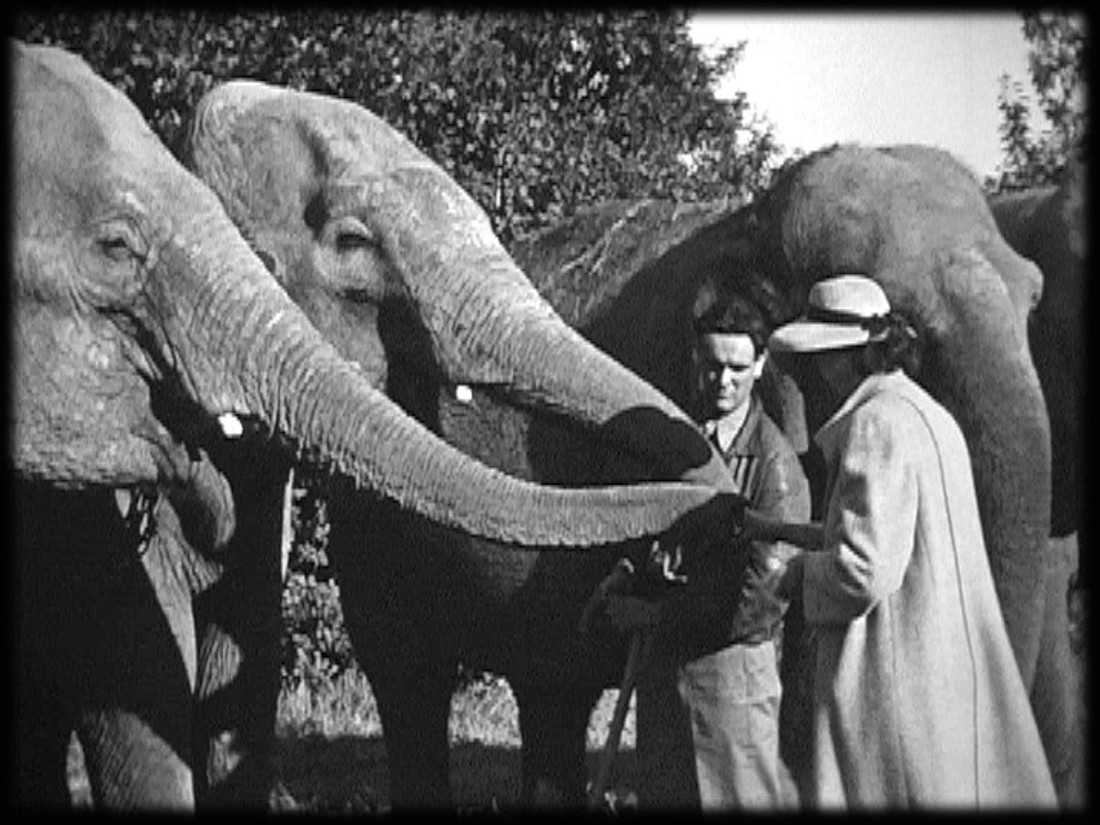
Elizabeth Siegfried was expecting dust and cobwebs when she set out to clean her family’s cabin 10 years ago. What she found instead was a tattered cardboard box addressed to a woman she never met — who was about to become a big part of her life.
Inside the box were several reels of 16 mm film shot by her grandmother, Elizabeth Chapin, in the 1920s, ’30s and ’40s. In the reels, Siegfried found footage of Chapin in her hometown of Rochester, N.Y., at the family camp in Oxtongue Lake, Ontario, Canada, and, to her surprise, at the winter home of the Ringling Bros. circus.
It was the summer of 2006, and Siegfried had been visiting her sister in Sarasota for the past decade. But she had no idea her grandmother had frequented the same town as a young woman.
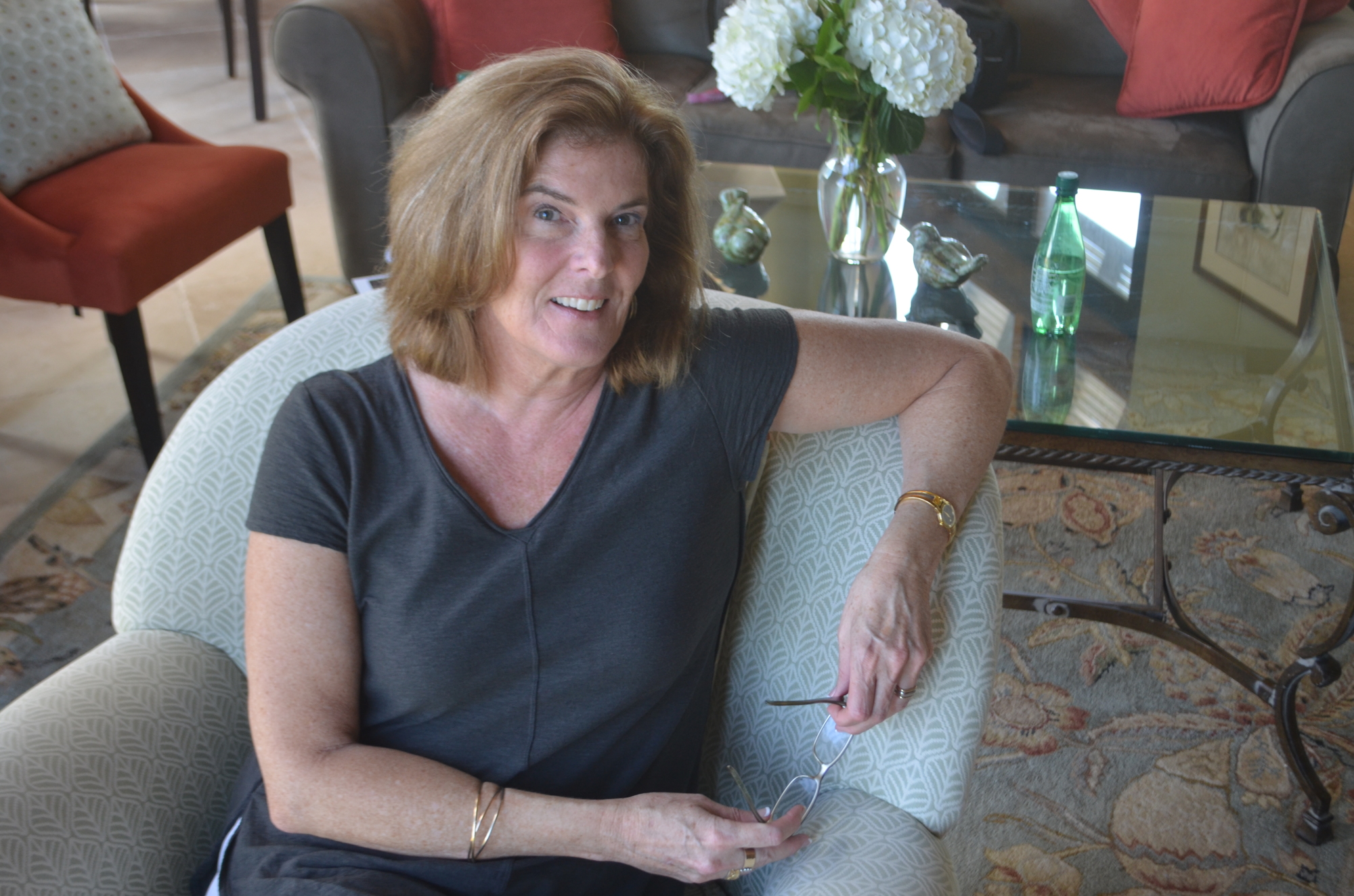
The film, mostly black and white, but some in color, showed scenes from the back lots of the Ringling Circus during a time when these spaces were open to the public before performances began. Circusgoers can be seen stroking elephant trunks, gawking at bowing horses and having stare-downs with colorful clowns. These snapshots, Siegfried says, offer a look at this community of outsiders that come together as a family at the circus.
The more photos she saw, the more Siegfried noticed an artistic instinct that she believes might have skipped her mother’s generation.
As a photographer herself, Siegfried decided that Chapin’s eye for the perfect picture was too good to keep to herself. So, over the course of the next six years, she sent the reels to a company in New Mexico called Film to Video that transposed all of the forgotten film into digital video files. She then downloaded the files and used editing software to carefully examine each reel, frame by frame.
Once she picked her favorites, she converted them to still images, making sure to maintain the iconic color and saturation of the circus. In 2010, she used the images to start a card company called Cards Without Words.
“By capturing that moment, you can really study what’s happening in the background, whatever wardrobe is being worn, and you can look at the faces,” she says. “You can capture something you really can’t capture with a still camera — those sort of in-between times that a film can’t really get.”
But starting the card company wasn’t enough. Siegfried, who lives in Sarasota for half the year, wanted to use the images to help Sarasotans experience their town’s cherished circus in its prime, so she showed the collection to Priscilla Brown, program director for Phillippi Estate Park. Brown, who had been looking for a Florida artist to exhibit work in the Edson Keith Estate for its 100th anniversary celebration in November, says the collection was a perfect match.
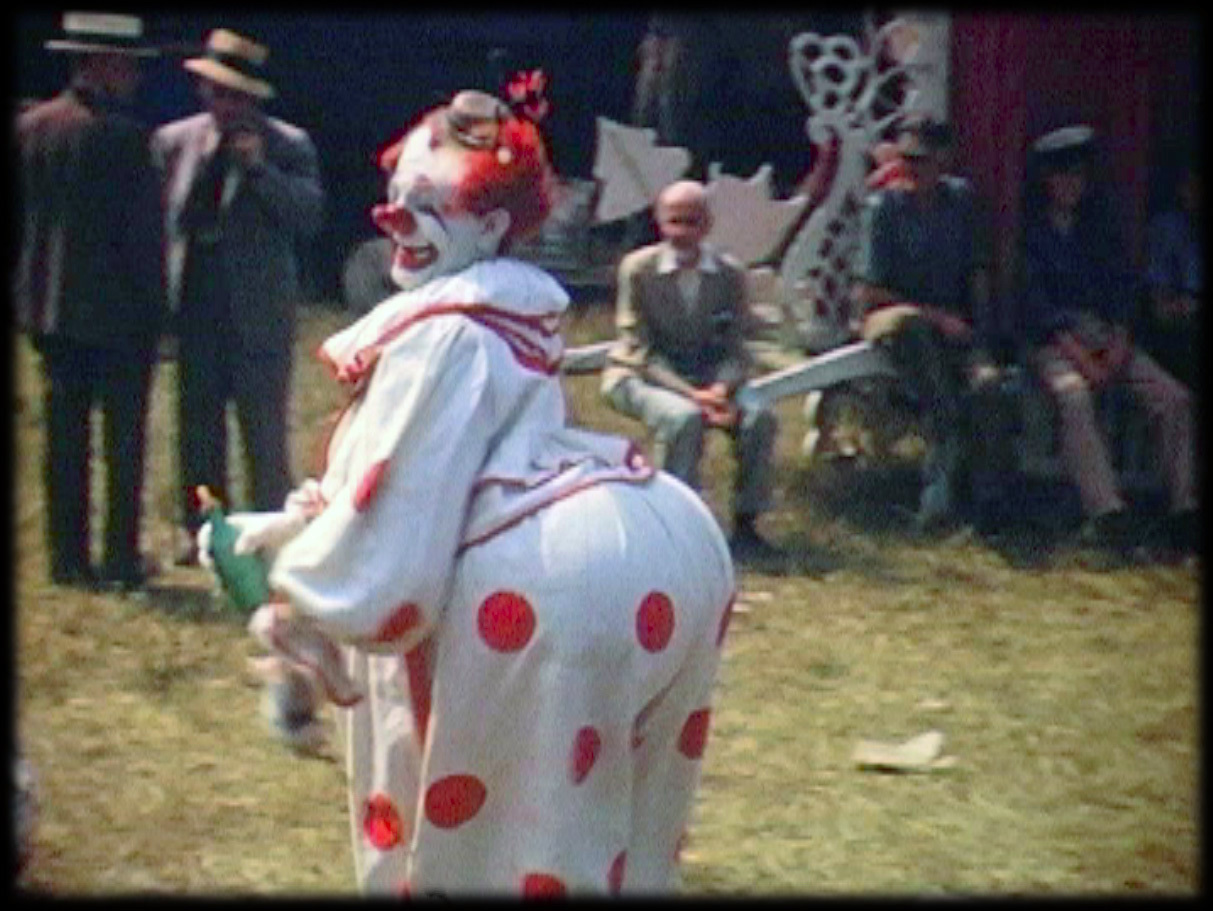
The mansion was built in 1916 — right before the boom of the Ringling circus in the 1920s. Brown says these images will offer
attendees a look at one of the go-to pastimes of the Keiths and other Roaring ’20s-era Sarasotans who loved to have a good time.
“I had never seen back-lot pictures of the Ringling circus,” Brown says. “It was a glimpse into a lifestyle I had never heard about. I was fascinated by it.”
A Family Affair
Siegfried learned through family lore that, though she was not a photographer by trade, her grandmother carried her camera everywhere. Chapin enjoyed shooting film of the people she loved and the places she went. It is likely, she gathered, that Chapin got her passion from her father, who was an amateur photographer until he was paid to travel around the world twice to take photos for National Geographic.
Chapin died four years before Siegfried was born, but she says this project has helped her get to know her grandmother in an intimate way.
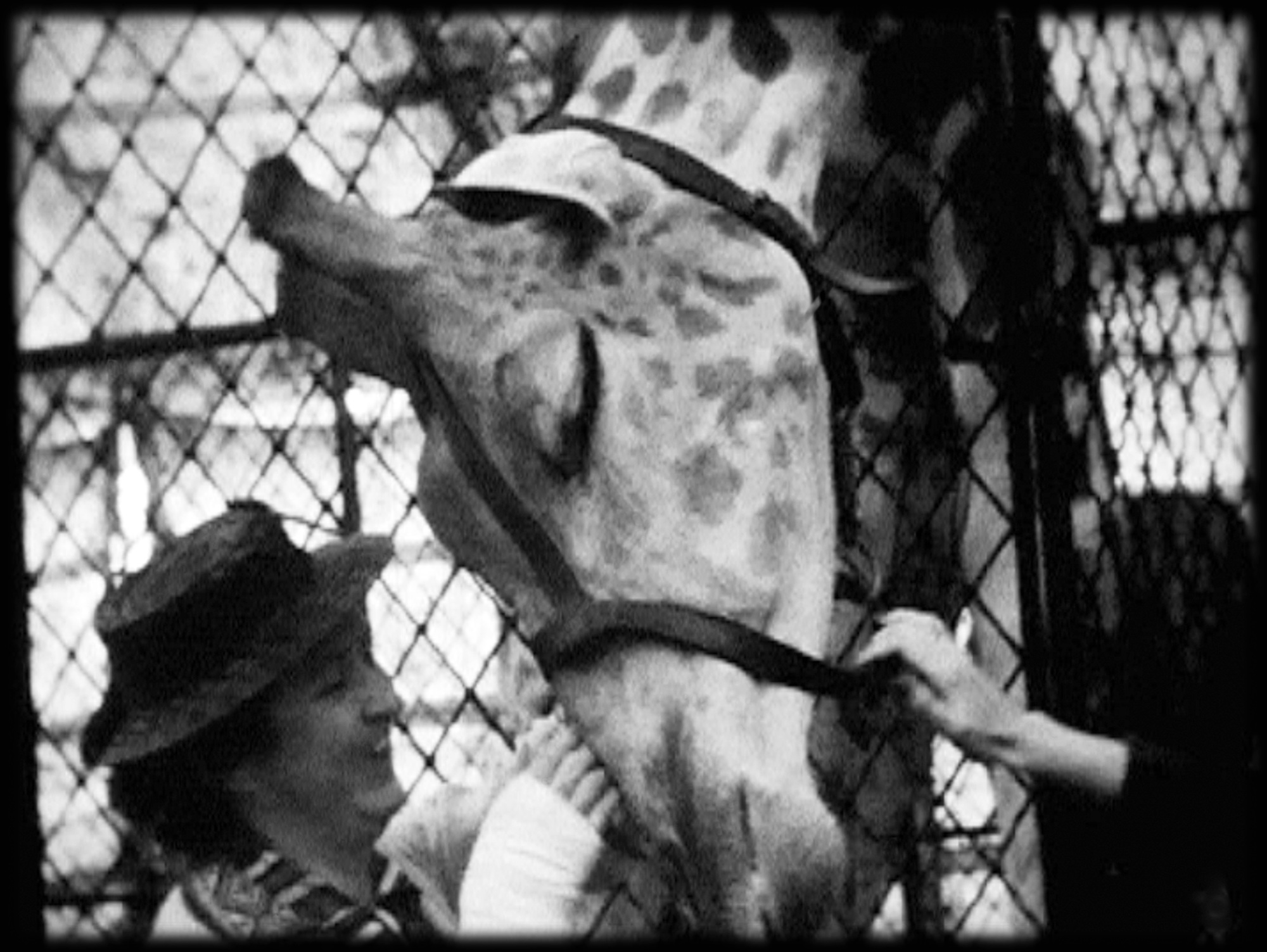
“Working through this, I really felt as though she was right there with me,” Siegfried says. “I see this whole thing as a collaboration — a cross-generation collaboration with my grandmother. I feel very close to her as a result of that.”
Artistic Background
Siegfried loved her Kodak Brownie camera as a kid. However, it wasn't until she was studying English at Skidmore College in Saratoga Springs, N.Y. in 1973, that she fell in love with photography during her senior year.
It was too late to switch majors at that point, so after graduation she decided to pursue her new passion at the Maine Photographic Workshops. There, she did a six-month residency and “lived and breathed” photography, until she eventually starting considering herself a photographer — a job title that started in 1982 and continues today as a Master of Fine Arts candidate at the Maine Media College in Rockport, Maine.
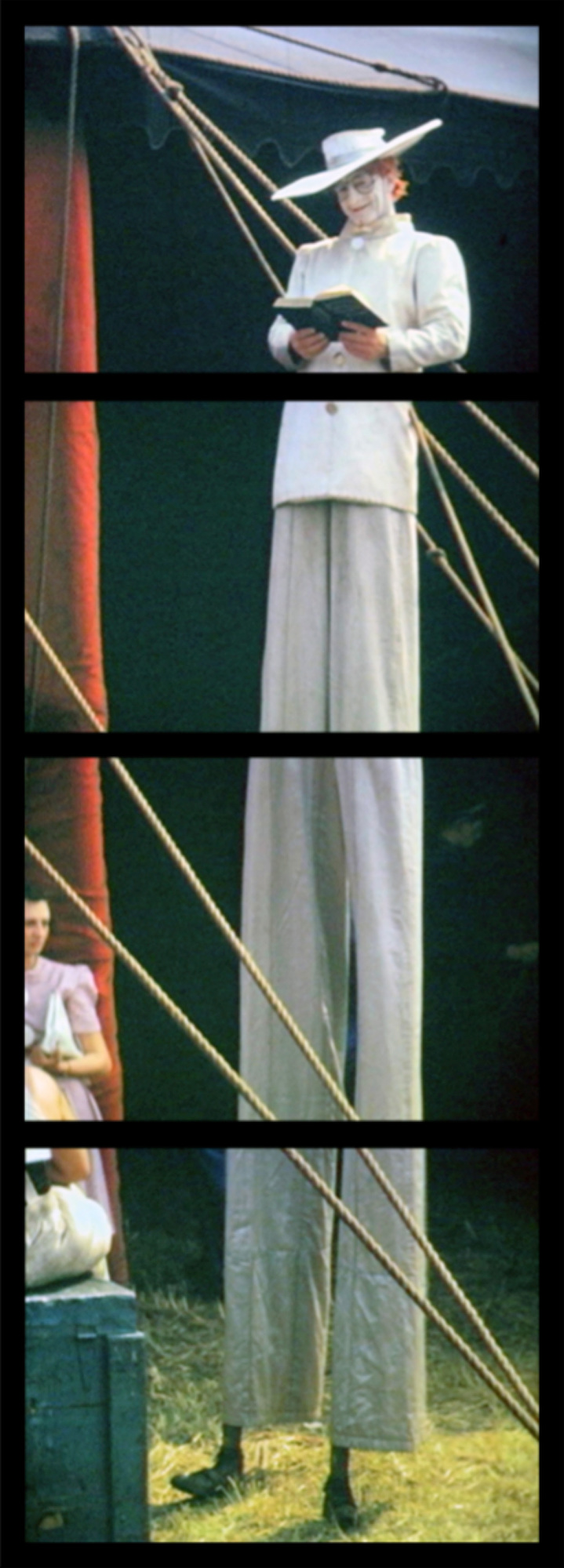
One thing that’s stayed consistent throughout her 35-year career, including her upcoming exhibit, is her fascination with historical images.
“I’m obviously an old-fashioned person at heart,” Siegfried says. “I love the old. I love nostalgia.”
Bringing History to Life
Like any artist, the exposure that comes with doing a large-scale exhibit was enticing to Siegfried. But she had another, more personal connection, as well.
Siegfried grew up having circus-themed birthday parties. She and her friends loved seeing the elephants, clowns and stilt-walkers perform for the crowd, and she’s still in awe of the complexity involved in hauling a production from one city to the next.
She hopes that by exposing people to what the circus used to be, she can help them appreciate what it is today. She thinks the nearly 50 images in the exhibit will remind people of what makes the circus alluring: An escape from the fast-paced modern lifestyle.
“People have become so sophisticated in what they like, and their attention span is so short, they need more and more glitz,” she says. “I’m drawn to this. The costumes were amazing, and there’s a simplicity to it that I think we’ve lost as time goes by.”